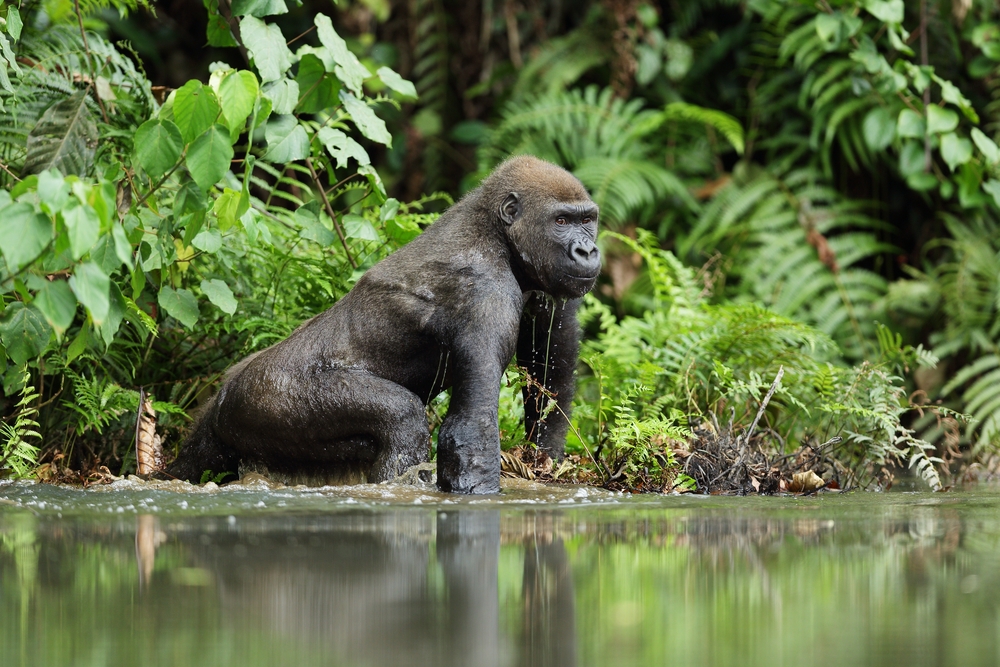Gabon, located on the west coast of Central Africa, is renowned for its extraordinary biodiversity and lush landscapes, making it one of the most ecologically significant countries in Africa. Nearly 11% of Gabon’s land is protected through a network of national parks established to conserve its unique ecosystems and wildlife. Among its 13 national parks, Loango National Park, Ivindo National Park, and Lope National Park are particularly celebrated for their ecological importance and natural beauty, showcasing Gabon’s commitment to conservation.
Loango National Park, often referred to as the “last Eden,” is located along Gabon’s Atlantic coast and is famous for its pristine beaches, savannas, mangroves, and tropical rainforests. This park is a haven for wildlife, including forest elephants, hippos, gorillas, and even whales along its coastline. Loango’s unique feature is the sight of elephants and buffaloes wandering along the beaches, creating a rare and iconic spectacle. While tourism here is growing, efforts are focused on eco-tourism to ensure minimal environmental impact and support local communities.
Ivindo National Park, a UNESCO World Heritage Site, is located in the northeastern part of Gabon and is celebrated for its dramatic waterfalls, such as Kongou Falls, and dense rainforests. It is home to critically endangered species like the forest elephant and western lowland gorilla. Ivindo is also a biodiversity hotspot for birds and plant species. Conservation initiatives in the park include collaborations with international organizations to monitor and protect wildlife while promoting sustainable tourism.
Lope National Park, situated in central Gabon, offers a striking mix of savanna and rainforest ecosystems, making it a key area for ecological research and wildlife observation. This UNESCO World Heritage Site is known for its ancient rock art and diverse wildlife, including mandrills, gorillas, and leopards. It has long been a focus of conservation efforts, particularly in primate research, and hosts eco-tourism initiatives that allow visitors to experience its rich biodiversity while supporting local communities.
Despite the country’s strong commitment to conservation, Gabon’s national parks face challenges from illegal logging, poaching, and climate change. The expansion of infrastructure and agriculture also threatens the delicate balance of these ecosystems. However, Gabon has made notable strides in addressing these issues, including robust anti-poaching measures, satellite monitoring of forest cover, and policies to combat illegal wildlife trafficking. Partnerships with international conservation organizations have further bolstered efforts to protect wildlife and habitats.
Gabon’s national parks are vital for preserving the country’s ecological heritage and promoting sustainable development. They are not only sanctuaries for iconic species and pristine ecosystems but also serve as vital resources for research, eco-tourism, and education. With continued conservation efforts and global support, Gabon’s national parks can remain beacons of biodiversity and natural beauty for generations to come.























































































